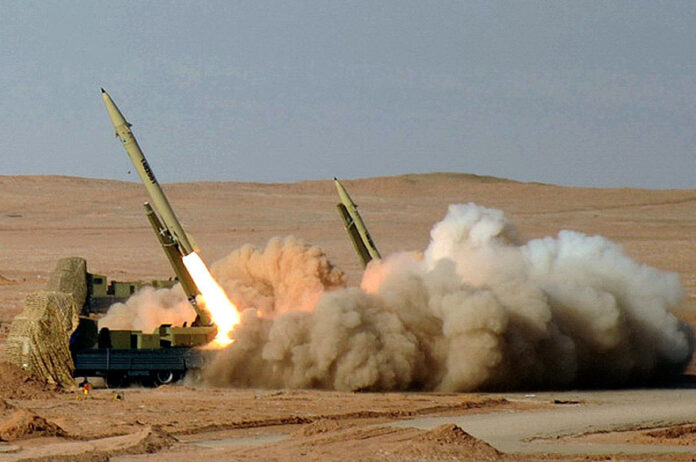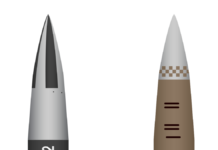In a development that has captured international focus, Iran is set to enhance Russia’s military capabilities by dispatching the first batches of Fateh-110 and Zolfaghar ballistic missiles. These missiles, with their ability to strike targets up to 300 kilometers and 700 kilometers away, respectively, reflect the deepening military ties between Tehran and Moscow amid their complex standoff with Western countries. This action is indicative of the evolving landscape of military alliances and strategic relationships, as nations adjust to the shifting dynamics of global diplomacy and power distribution.
The transfer of ballistic missiles from Iran to Russia is not merely a bilateral arms deal but a reflection of the evolving landscape of global alliances and enmities. It represents Tehran’s willingness to bolster Moscow’s military capabilities, possibly in exchange for political backing, technological transfer, or other forms of support that could enhance Iran’s own defense and regional aspirations. For Russia, receiving these missiles could mean a significant boost to its strategic assets, potentially altering the balance of military power in its favor, especially in contexts where it faces opposition from NATO countries and other global powers.
This development comes at a time when both Iran and Russia are facing increasing scrutiny and pressure from Western nations. Sanctions, diplomatic isolations, and direct confrontations have characterized their interactions with the West, particularly over issues such as Iran’s nuclear program and Russia’s military actions in Ukraine and its broader foreign policy stance. The missile transfer could be interpreted as a move to signal their resilience and defiance against Western pressures, showcasing their capability to forge strategic partnerships that serve their interests.
The implications of this missile transfer are multifaceted. On a regional level, it could escalate tensions in the Middle East, where Iran’s missile capabilities and its support for allied groups have long been a point of contention. For Europe and the NATO alliance, the bolstering of Russia’s missile arsenal could prompt reassessments of defense strategies and military readiness. Furthermore, this development might trigger a chain reaction, leading other nations to seek similar alliances or to bolster their own military capabilities in response.
From a diplomatic perspective, the missile transfer poses challenges for international efforts aimed at promoting stability and preventing the proliferation of weapons of mass destruction. It raises questions about the effectiveness of existing sanctions and diplomatic measures to curb such military cooperation between nations that are viewed with suspicion by the international community. Moreover, it could complicate efforts to engage Iran and Russia in constructive dialogue over contentious issues, including nuclear non-proliferation and regional security.
In response to these developments, a coordinated international reaction is likely. This might include enhanced diplomatic efforts to bring Iran and Russia to the negotiating table, increased sanctions, or measures aimed at counterbalancing the military advantages that the missile transfer might confer. The situation underscores the complexity of international relations and the delicate balance of power that governs global peace and security.
The transfer of hundreds of ballistic missiles from Iran to Russia is a pivotal event that reflects the strategic calculations of both nations. It highlights their desire to strengthen their military capabilities and assert their positions on the global stage, challenging the existing order. The international community must carefully navigate these developments, balancing the need for security with the pursuit of diplomatic solutions to the underlying tensions that drive such military cooperation.
In the broader context of Iran and Russia’s ongoing partnership, it’s important to note that the recent dispatch of Fateh-110 and Zolfaghar ballistic missiles is not an isolated event. Historical patterns show that Iran has previously supplied ballistic missiles to Russia, a testament to their enduring military cooperation. This repeated support not only highlights the strategic depth of their alliance but also marks their joint efforts to enhance defense capabilities amid a complex global stance against Western pressures. Such historical precedents enrich the understanding of the current missile transfer, underscoring a long-standing commitment between the two nations to support each other’s military and strategic interests on the global stage.
Image is licensed under the under the Creative Commons Attribution 4.0 International license and was created by Hosein Velayati.









